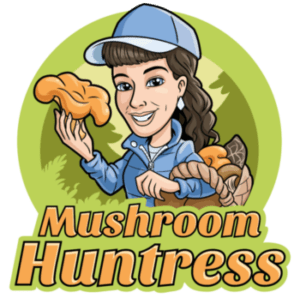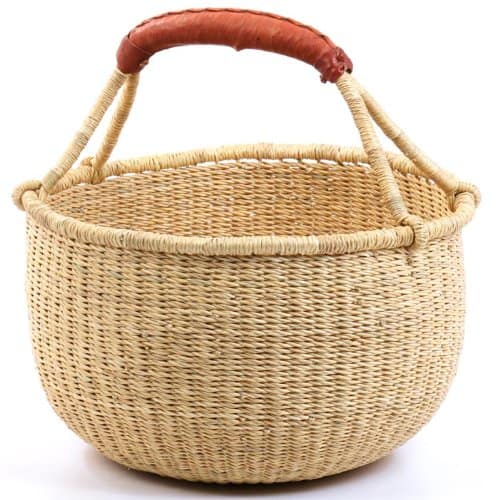Items to Pack for a Mushroom Foraging Trip
Before dashing into the woods in search of mushrooms, make sure you’re bringing everything you need. Being unprepared leads to find that can’t be foraged, smashed mushrooms, and a frustrated forager.
Here’s what you need:
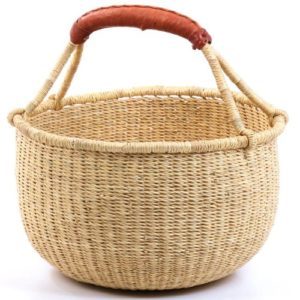
- A Basket or Bucket
The classic woven basket is still the best choice for mushroom foraging. It holds a lot, is lightweight, and doesn’t squish the mushrooms. Generally, there is enough room to separate the mushrooms by size and weight so they can be transported safely. The downside of the basket is it can be awkward to carry, especially when trekking through dense woods.
For specialty mushroom foraging, like for chicken of the woods, a couple of gallon-size buckets also work well. The exact vessel needed really depends on what you are foraging. If you’re seeking a specific species, bring a carrying vessel that ensures the mushroom won’t be damaged during transport. For a wide-focused foraging trip, the basket is best because it is prepared for many finds.
Bolga Hand-Woven Market Basket
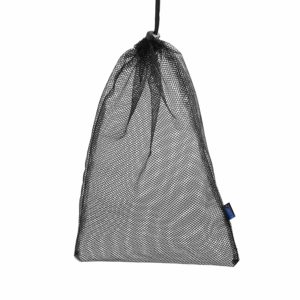
- Paper or Mesh Bags
These are to store and separate the different types of mushrooms. Some species are extremely fragile, and combining them with a larger species will destroy them. Black trumpets, chanterelles, and morels, in particular, are easily damaged.
Paper bags allow the mushrooms to breathe, which is vital to their preservation. Mesh is also popular because spores escape through the holes and, hopefully, spread around the forest, creating more mushrooms. Avoid plastic bags; they cause the mushrooms to sweat and degrade quickly.
You can re-use the mesh bags that fruits and vegetables often come in, or buy ones specifically for foraging.
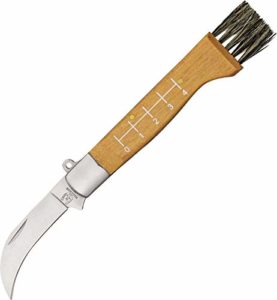
- A Foraging Knife
A jackknife or small blade is sufficient for the majority of mushrooms. Morels, chanterelles, and oyster mushrooms have small easy-to-cut stems. For larger mushrooms, like chicken of the woods, or puffballs, a bigger knife makes the job easier. If you’re new to foraging, don’t worry about a specific knife. If you’re hooked on mushroom hunting, it’s worth it to indulge and get a proper foraging knife.
The curved foldable blade and boar’s head bristles of these two popular foraging knives are ideal for cutting and cleaning mushrooms:
Sagaform Mushroom Foraging Knife
Rough Ryder Mushroom Foraging Knife
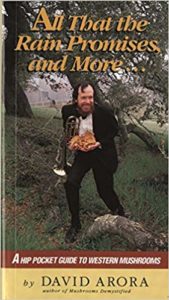
- Identification Book or Expert Friend
Since you’ll be carrying it trekking through the woods, choose a lightweight identification book. A small book or fold-out guide is ideal. Better yet, invite a friend who knows mushrooms. A friend is much better company than an ID book, too.
- The Basics
These are not specific to mushroom foraging but should always be included in any trip. Water, bug repellent, map, GPS or compass, and, of course, snacks. Don’t ever go into the woods or on a hike without these essentials. A short hike can quickly turn into a day-long adventure, especially when mushroom foraging! Wear proper, waterproof hiking boots or shoes, and dress appropriately for the weather. Always be prepared.
